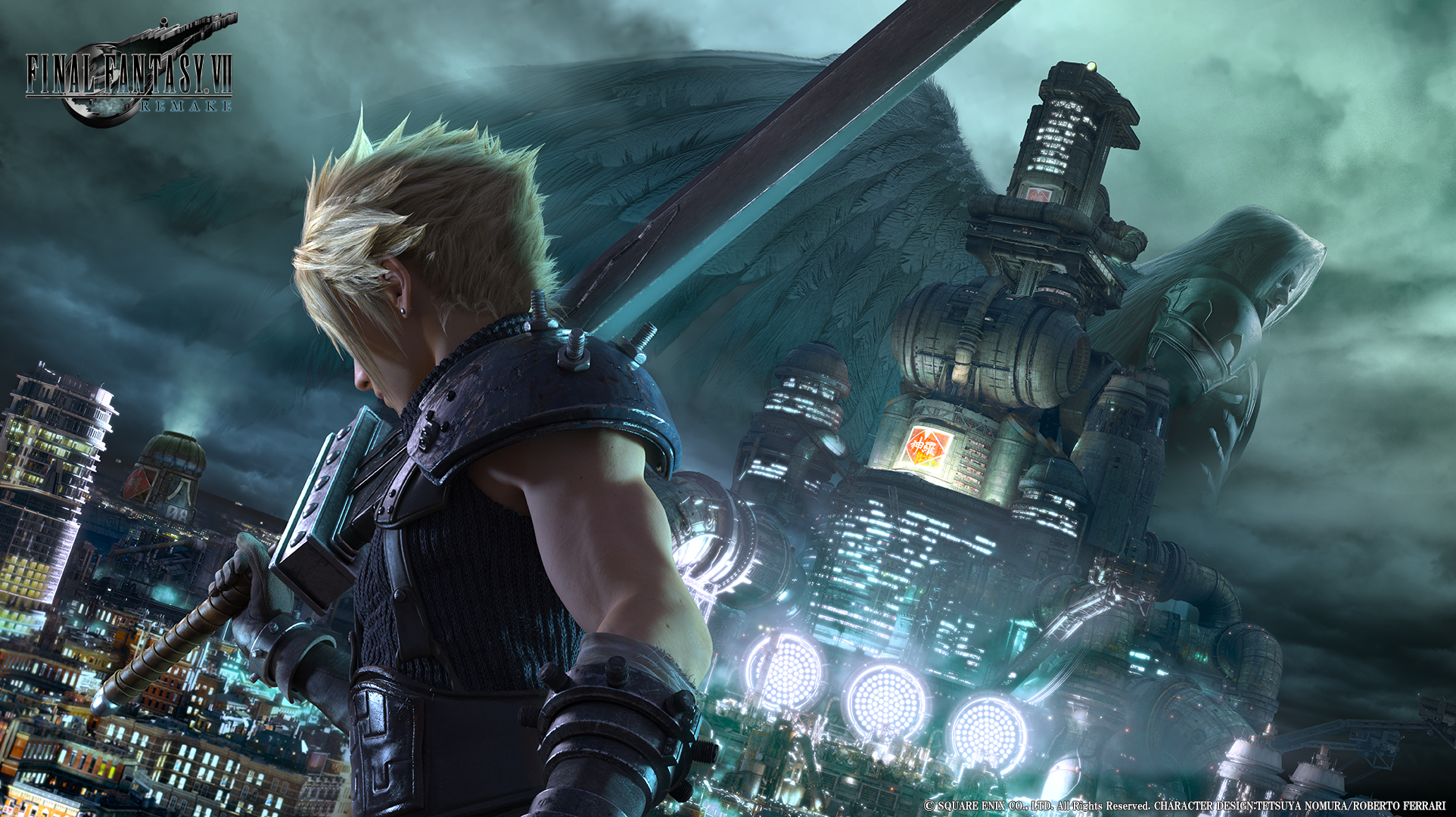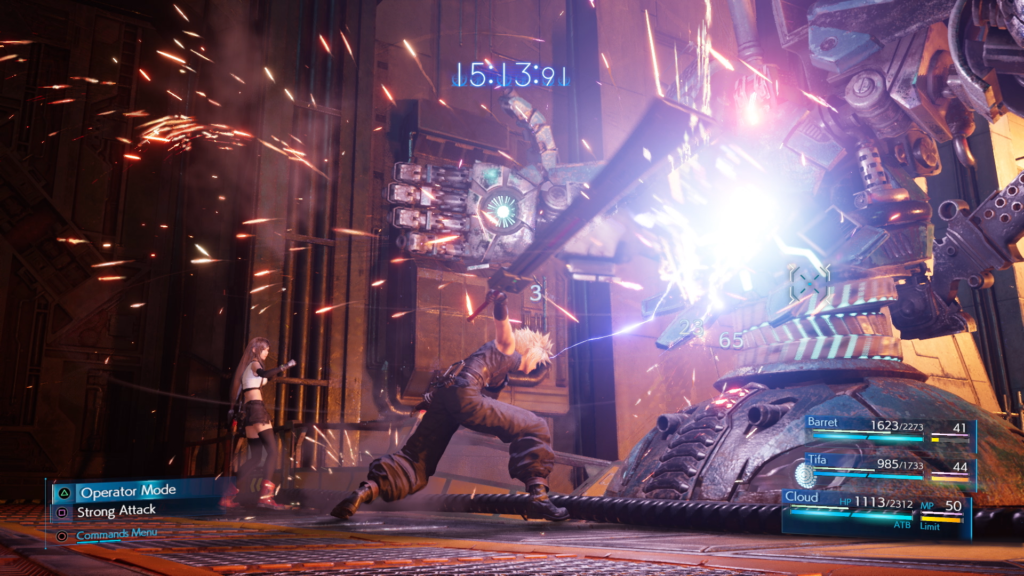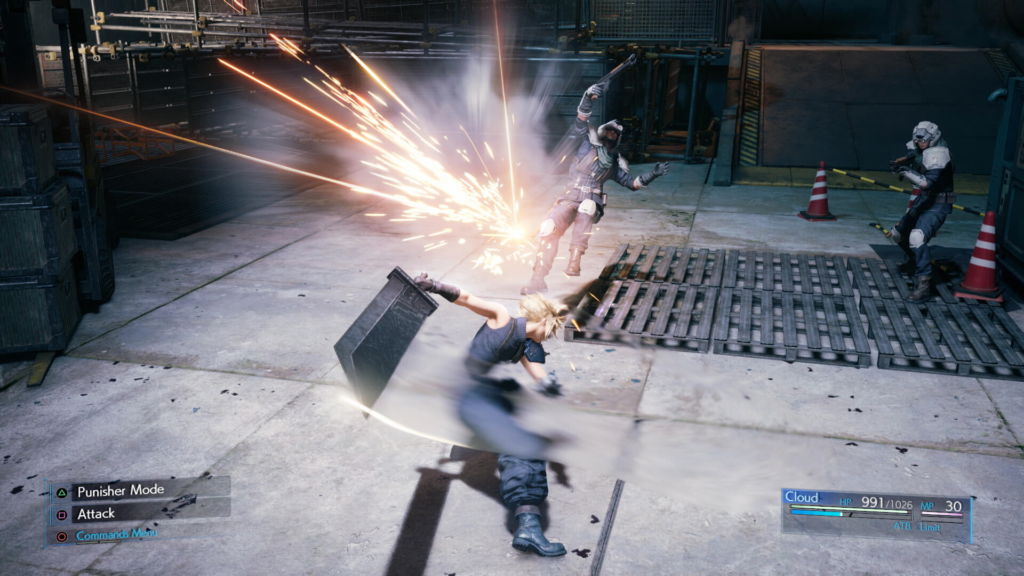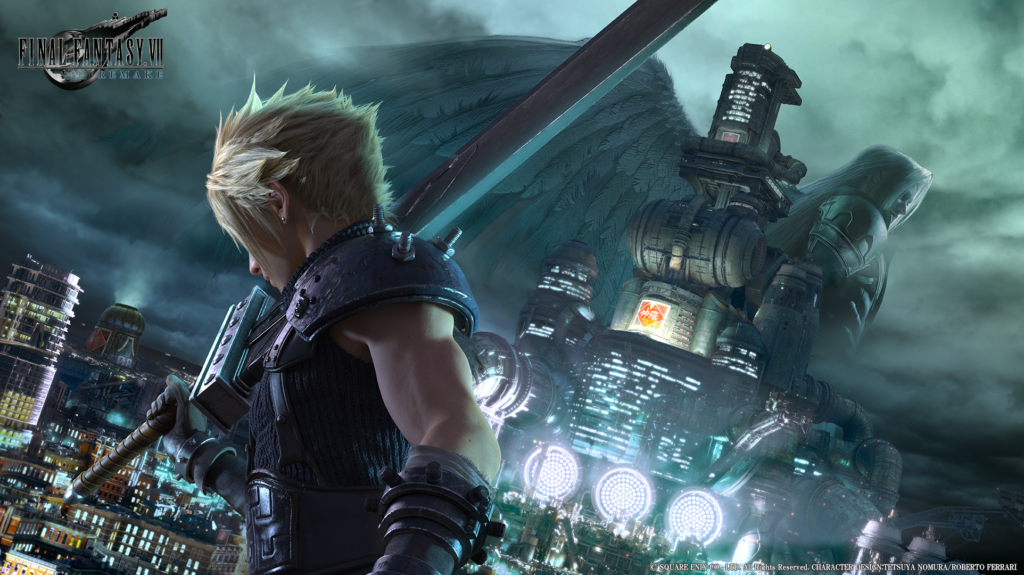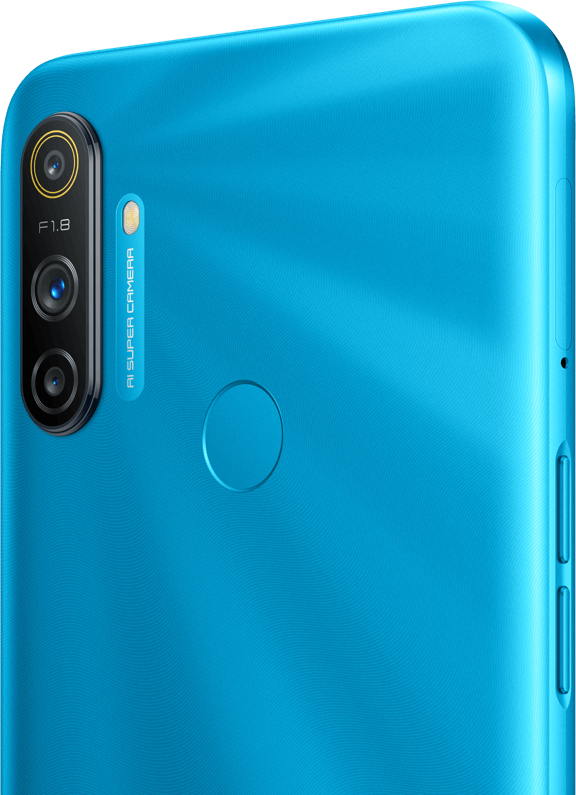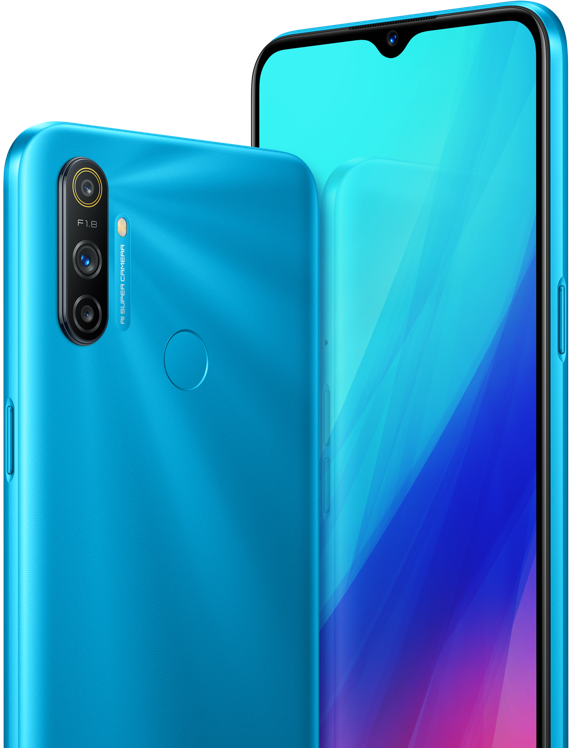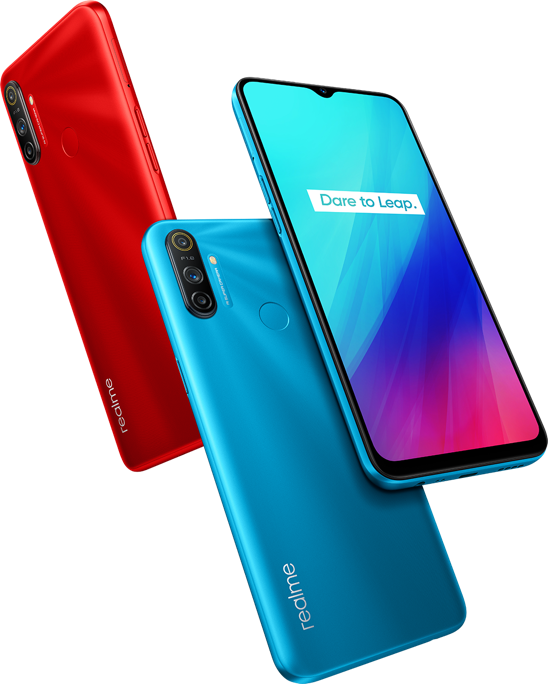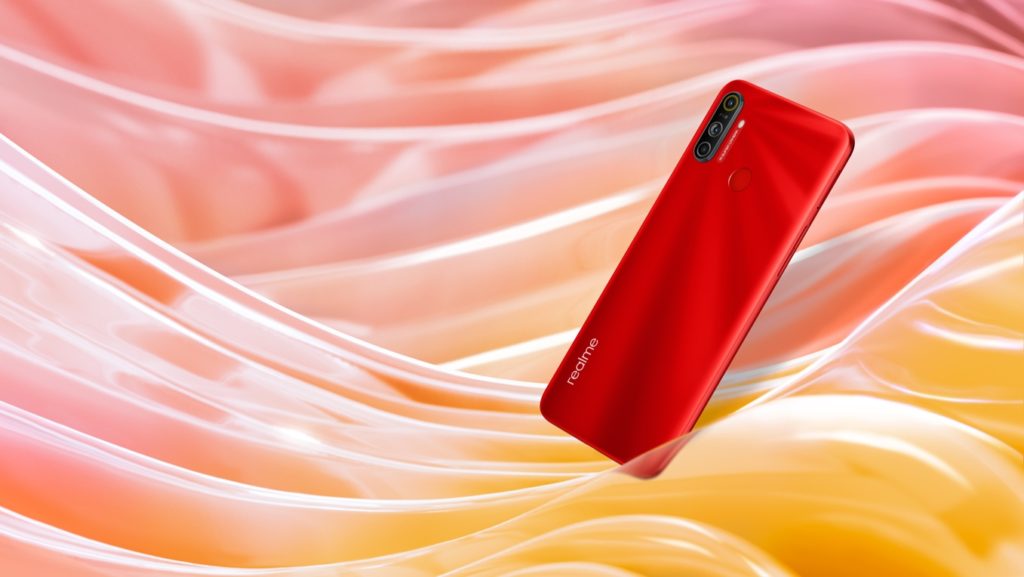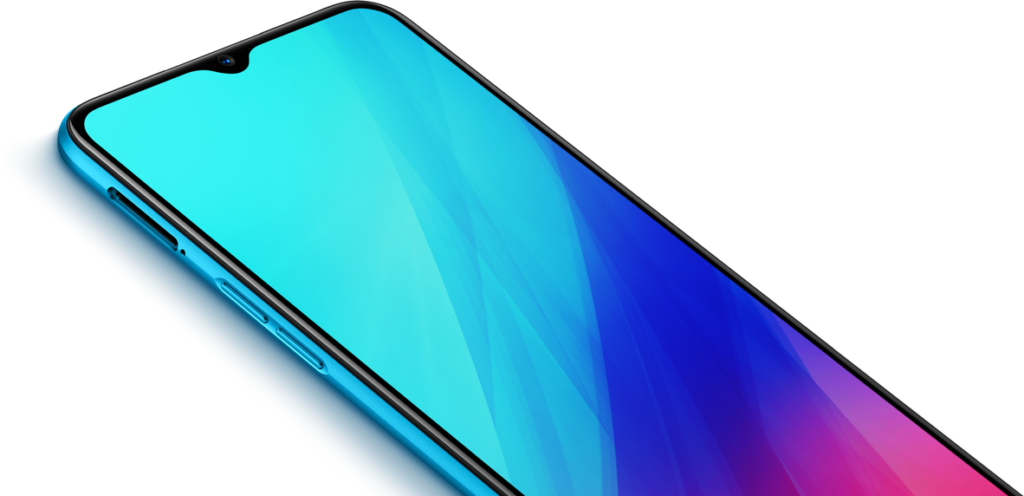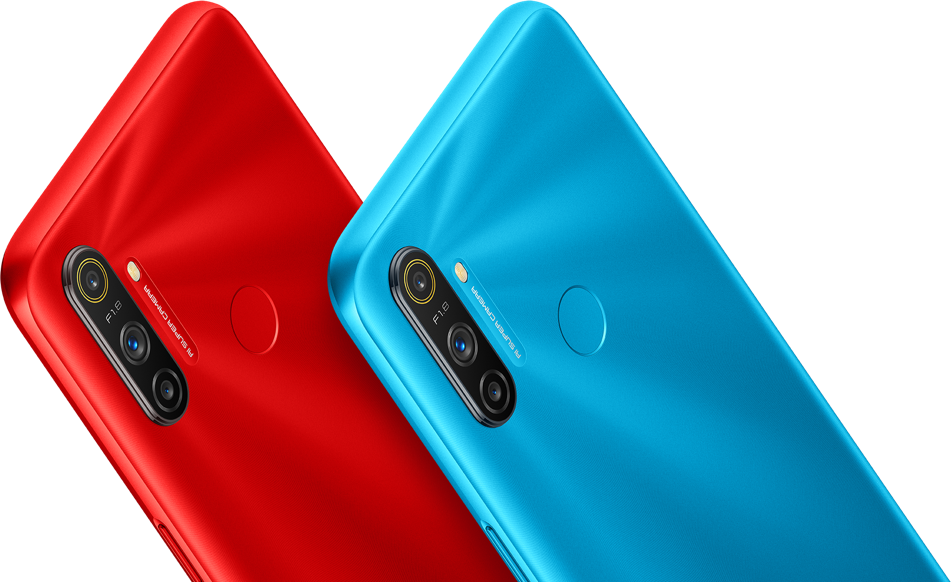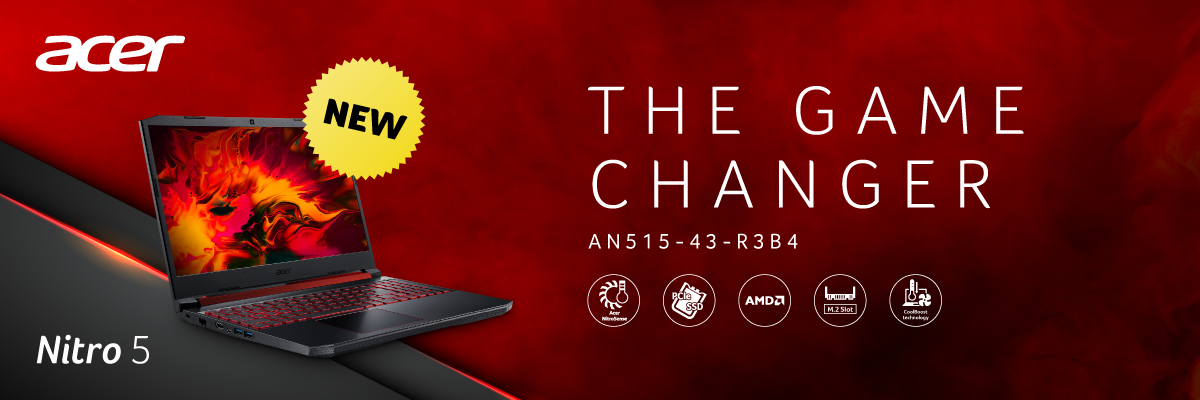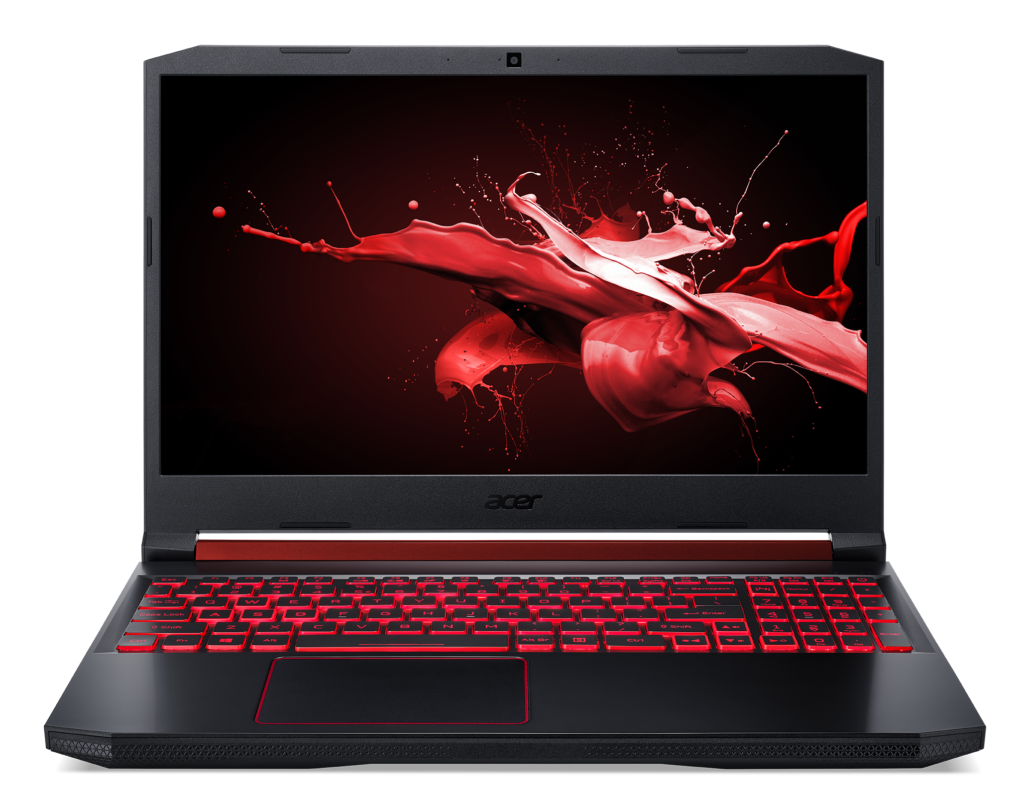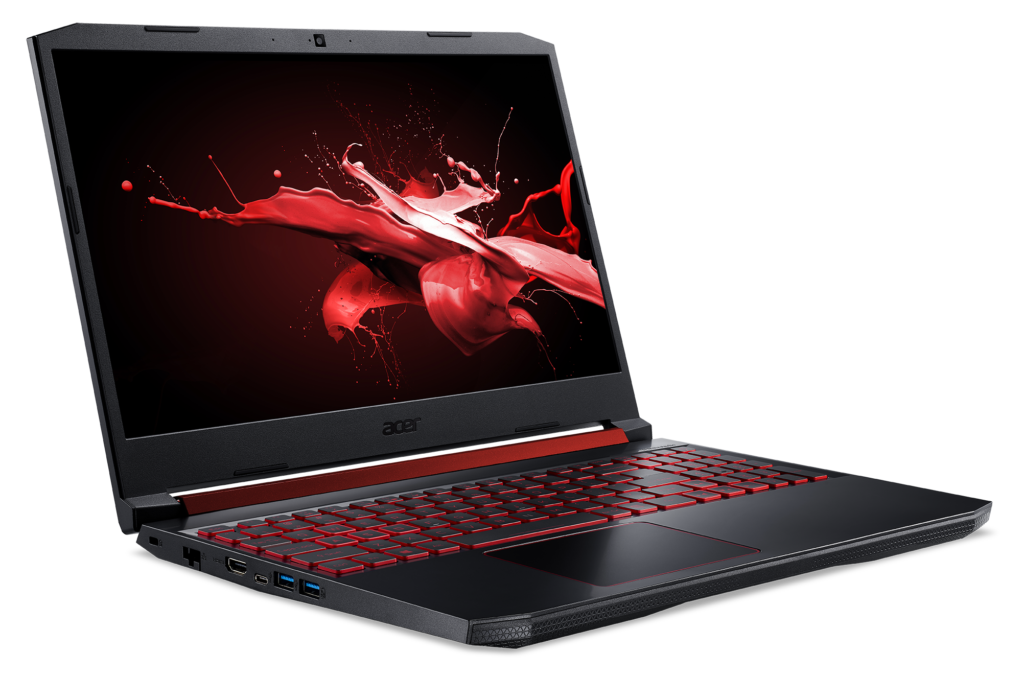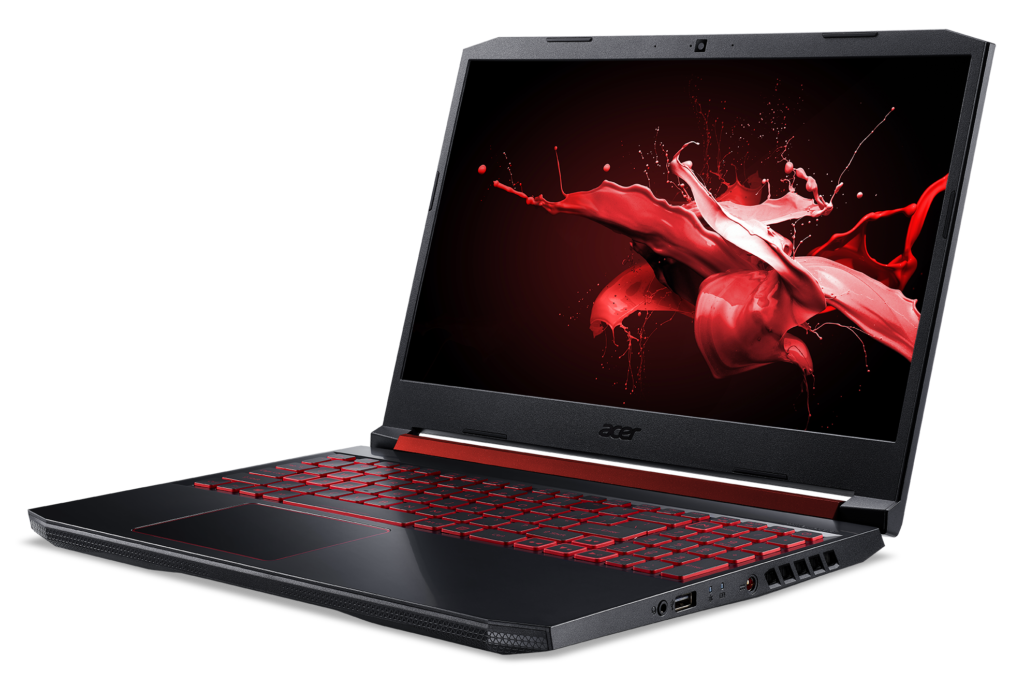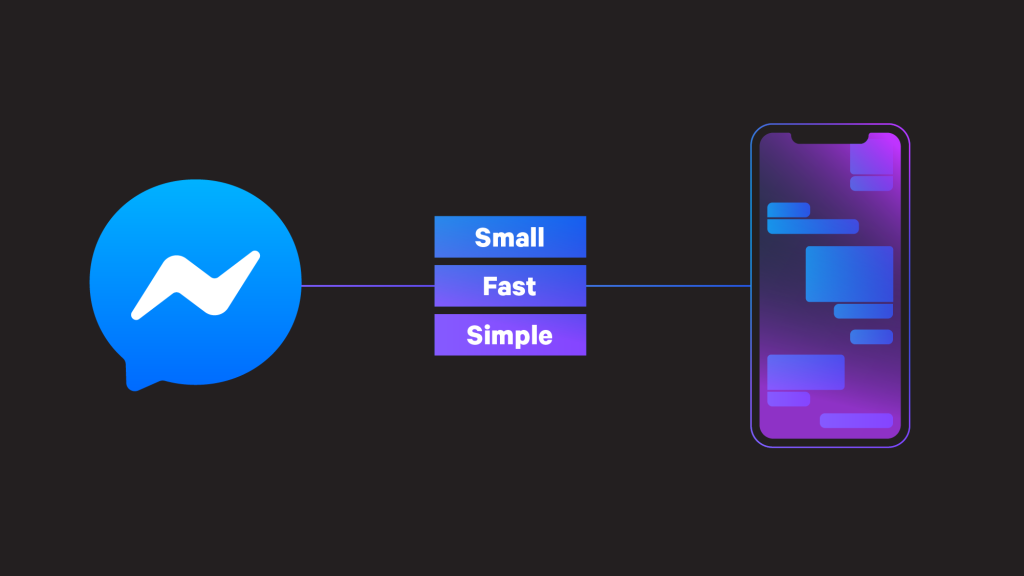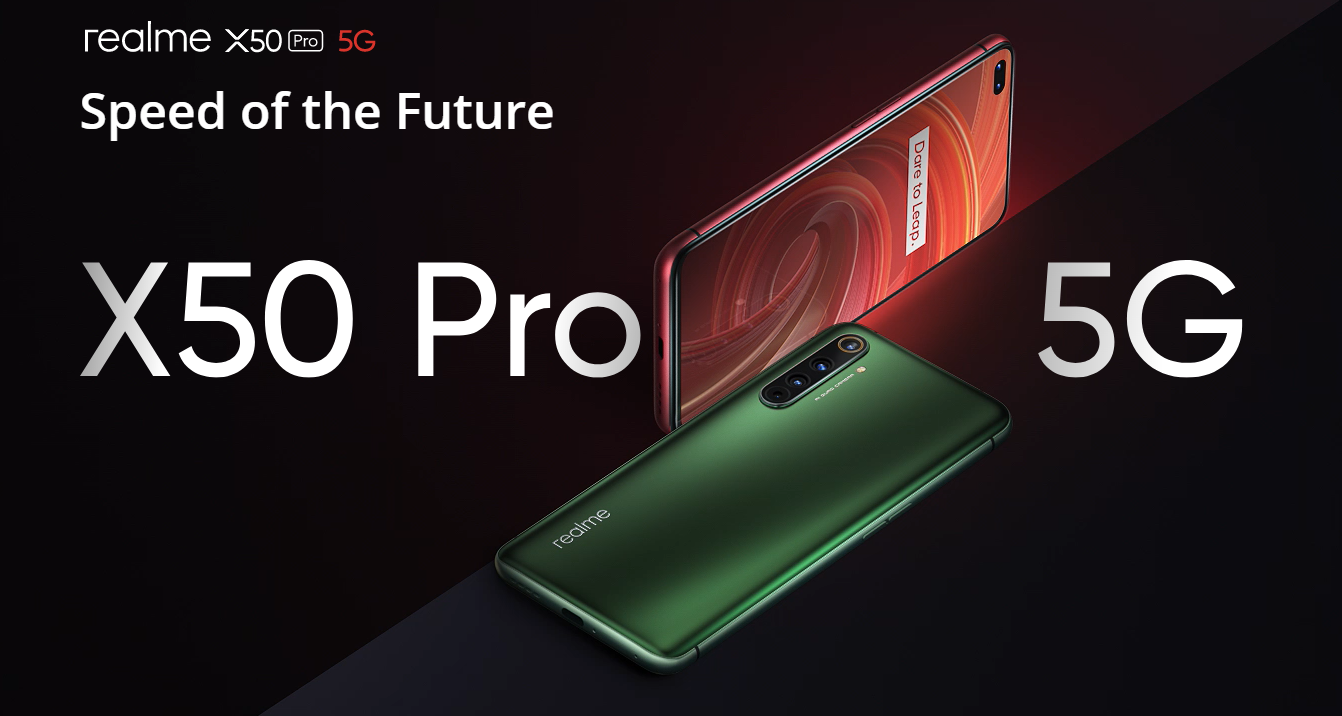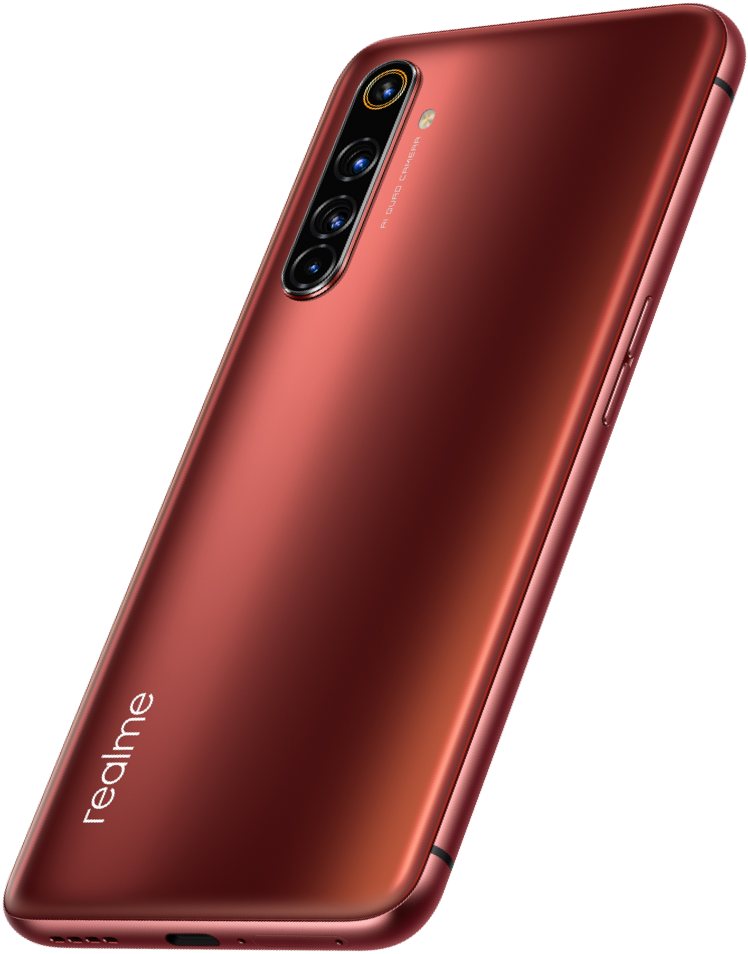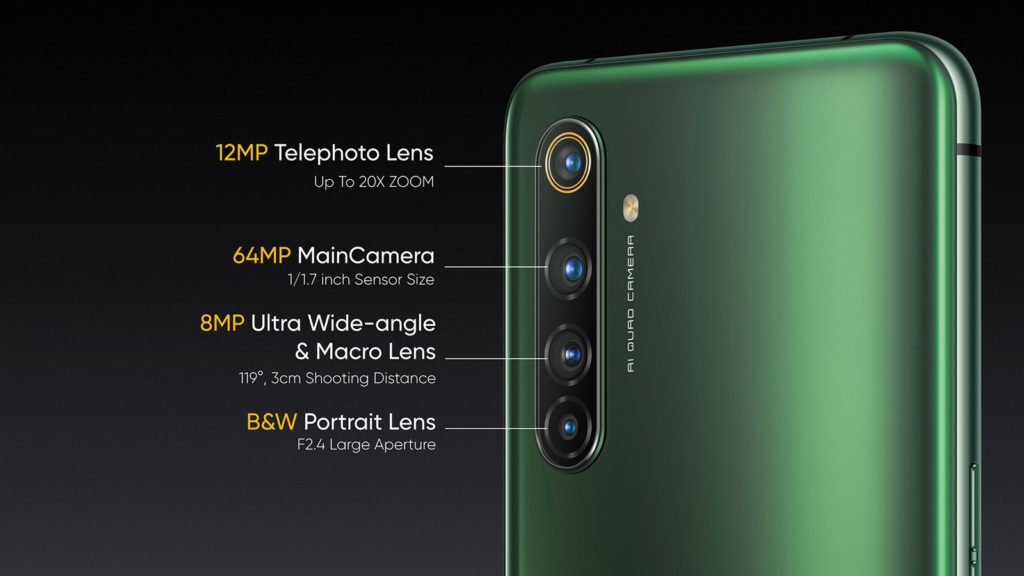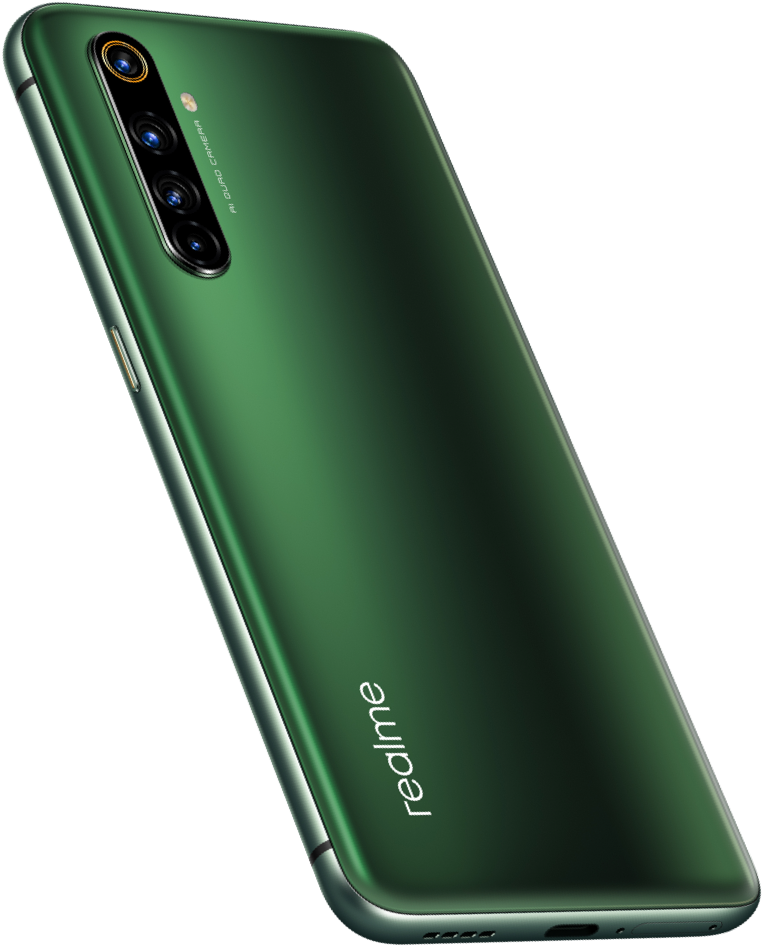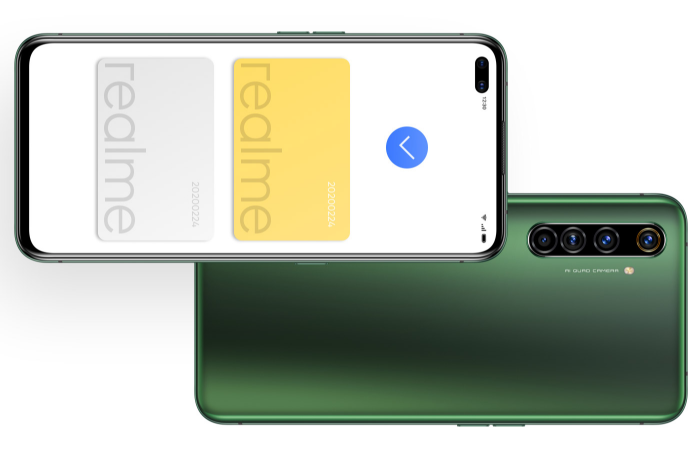*This article is contributed by Myles Hosford, Head of Security Architecture, ASEAN, AWS*
As the world becomes more interconnected, opportunities for companies and individuals to interact and transact across borders, time zones, and channels grow quickly. To make sure that these transactions run smoothly, proactive management – specifically to ensure the minimization of cost, lowering of risk, and the elimination of inefficiencies – is needed.

Distributed ledger technology (DLT) such as blockchain helps simplify transactions and conduct efficient, secure interactions with multiple independent parties around the globe. All without the need for a third-party intermediary. These transactions can vary from sending anything from farm data, to banking and contract transactions.
Use case: Empowering farmers to sell field data transparently
Farmers collect large volumes of data with each step in the planting and harvesting process. Licensed data – data that qualifies as intellectual property of the farmer such as which crops to plant or how many seedlings – can be anonymized, sold to third parties and offer the agricultural industry with real-time insights on farms across the world. However, farmers are unsure how to monetize this crop data.
As farmers are unsure how to monetize their crop data, Farmobile addresses these challenges through a blockchain-based exchange, built on AWS. The solution empowers farmers to licence data to approved buyers and includes account set up, creation, confirmation, execution of the offer, and delivery of the digital asset. They can seamlessly sell single-use licenses while keeping their farm’s identity completely anonymous. However, farmers have full visibility into the identities of potential data buyers, such as agronomists, equipment producers, and retailers, and are free to decline offers.
Use Case: Boosting financial inclusivity
Another case study for Blockchain technology is the financial sector in the Philippines. Here, rural banks lack the resources of larger banking institutions, making it nearly impossible for them to thrive or survive. This has left a large majority of rural-based Filipinos with little or no banking access.
UnionBank, a pioneer in its use of blockchain technology, joined forces with ConsenSys, an AWS Partner , to build a blockchain solution that would resolve this issue. The new, blockchain-based solution created a decentralized, cost-efficient, and near real-time network, allowing for the execution of domestic payments without relying on existing banking infrastructure and intermediaries.
The blockchain solution introduced means that rural banks no longer have to shoulder the burden of manually processing back-office transactions, freeing up staff to serve more customers. As such, the technology not only increased banking access and inclusivity but drove sustainable, future banking practices.
Use case: Limiting contract disputes in the oil and gas industry
Another example comes from the oil and gas industry. Moving resources through the oil and gas supply chain involves many stakeholders, including landowners, governments, oil and gas company operators, surveyors, and financial institutions. One critical step occurs between those mining the oil and royalty owners on whose land the oil is mined. Checking royalty transaction payments is a lengthy, manual process where stakeholders must agree to contract terms upfront. However, those terms are often interpreted differently on either side, often leading to disputes.

GuildOne, believed companies needed more efficient, secure, and cost-effective ways to execute a royalty contract transaction. They developed a solution through which contract terms are capable of being replicated, and consensus agreed using blockchain technology. By doing so, they mitigated the possibility of disputes and eliminated a large chunk of the expense of contract administration.
To build its royalty ledger and to meet the stringent privacy and security needs of its stakeholders, GuildOne chose to use R3’s Corda — a blockchain platform built for business and longevity — on AWS. Believing that the security capabilities gained would be vital in enabling rapid adoption of the royalty ledger solution in the oil and gas industry.
The future of blockchain technology solutions
Blockchain solutions are transforming the ways companies and individuals do business, locally and globally, by simplifying transactions and increasing their efficiency. Those looking to take advantage of the technology should partner with cloud providers capable of scaling up while delivering cybersecurity controls and standards to protect from external attacks. With Amazon Managed Blockchain, it eliminates the overhead required to create the network and automatically scales to meet the demands of thousands of applications running millions of transactions. Once a network is up and running, Managed Blockchain makes it easy to manage and maintain the blockchain network by managing its certificates and letting customers easily invite new members to join the network.


